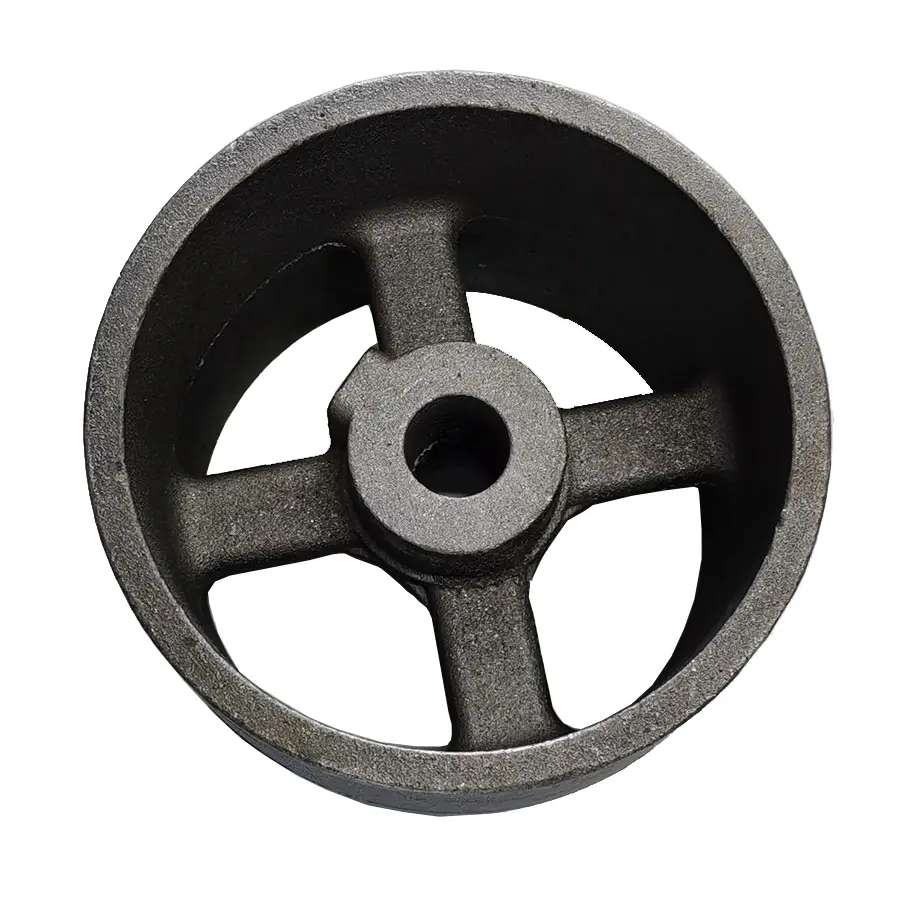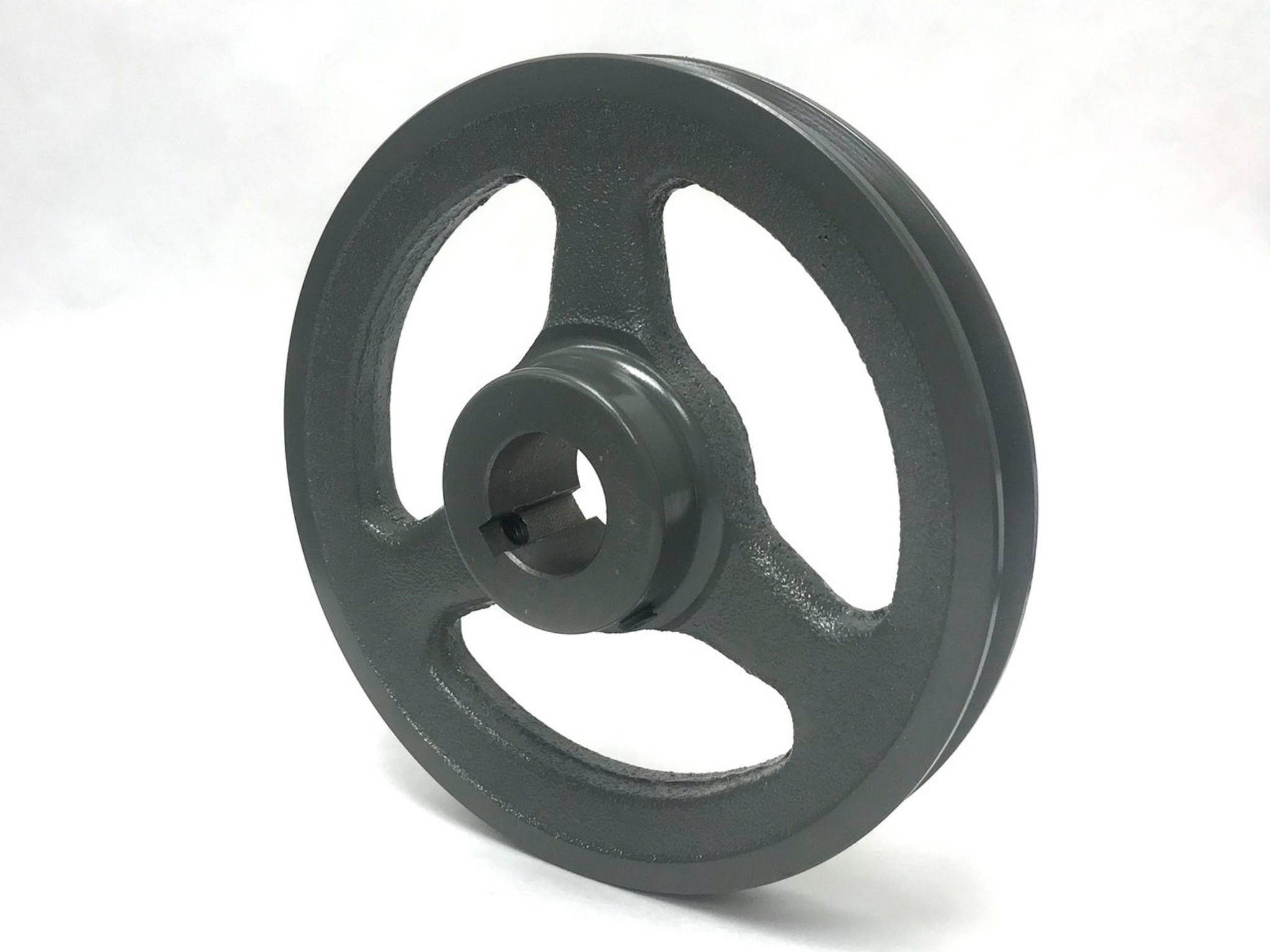Product Description
| Place of Origin: | HangZhou HangZhou (Mainland) |
| Model: | MXL XL L H XH XXH T2.5 T5 T10 T20 AT5 AT10 AT20 3M 5M 8M 14M 20M S2M S3M S4.5M S5M S8M S14M P5M P8M P14M etc and other special models |
| Material: | Stainless Steel, Brass/Copper, Aluminum, POM, and other standard machineable material. |
| Module: | 7-160mm, Max.Diameter:1400mm. |
| Grade: | Can up to GB8, ISO8, JIS4, AGMA8, DIN8. |
| Packing: | Export standard Quality Cartons (With Pallet) |
| Payment: | 30% TT in Advance, balance before delivery |
| Delivery | About 7 Days after receiving 30% T/T payment in advance |
| Surface Treatment: | Anodized, Hard Anodized, Zinc plated, blackening treatment |
| Inspection: | All items are checked and tested thoroughly during every working procedure and after the product is finally manufactured to ensure that best quality product goes out in the market. |
Applicable industry: Electro-machinery, Textile Machinery, Advertisement printing equipment, Food Packaging, CNC machine, Instrumentation, tobacco and so on
Note when checking from and order pulley
1. Belt and pulley of our company can be attached or replaced by imported belt and pulley
2. Please supply drawing when you order. We can also draw for you if you can tell us the
Material, teeth type, teeth number, belt width or teeth width, bore, Threaded hole or
Thru-hole,key and other size you need
3. We can also customize non-standard products for customers
4. Tolerance: conform to customers requirment
5. OEM/ODM service: orrered
6. If you need samples, please contect us. About the sample charge, we can consult it.
/* January 22, 2571 19:08:37 */!function(){function s(e,r){var a,o={};try{e&&e.split(“,”).forEach(function(e,t){e&&(a=e.match(/(.*?):(.*)$/))&&1
| Certification: | CE, ISO |
|---|---|
| Pulley Sizes: | Type B |
| Manufacturing Process: | Hobbing |
| Material: | Iron |
| Surface Treatment: | Electroplating |
| Application: | Chemical Industry, Grain Transport, Mining Transport, Power Plant |
| Samples: |
US$ 0.55/Piece
1 Piece(Min.Order) | |
|---|
| Customization: |
Available
| Customized Request |
|---|

What role do cast pulleys play in the manufacturing of automobiles?
Cast pulleys play a significant role in the manufacturing of automobiles, contributing to the functionality and efficiency of various systems within the vehicles. They are utilized in multiple applications, ranging from the engine to the drivetrain and auxiliary systems. Here’s a detailed explanation of the role cast pulleys play in the manufacturing of automobiles:
- Engine Components: Cast pulleys are commonly used in engine systems, particularly in the accessory drive system. They are employed in the engine’s serpentine belt or V-belt drive system to transmit power from the crankshaft to various components, such as the alternator, water pump, power steering pump, and air conditioning compressor. Cast pulleys provide the necessary mechanical advantage and enable efficient power transfer, ensuring the proper functioning of these engine accessories.
- Timing Systems: Cast pulleys are integral to the timing systems in automobiles. Timing belts or timing chains, along with cast pulleys, synchronize the rotation of the engine’s camshaft(s) and crankshaft, ensuring precise valve timing and proper engine operation. The cast pulleys in the timing system guide and support the timing belt/chain, maintaining tension and facilitating smooth and accurate timing belt/chain movement. This is crucial for the overall performance and reliability of the engine.
- Powertrain: Cast pulleys are employed in the powertrain systems of automobiles, contributing to the transmission and drivetrain operations. In vehicles with belt-driven continuously variable transmissions (CVTs), cast pulleys are used in the CVT system to vary the gear ratio and provide smooth power delivery. Additionally, in some manual transmissions, cast pulleys may be utilized in the clutch mechanism to engage and disengage the engine power from the transmission.
- Accessory Systems: Cast pulleys are also utilized in various accessory systems within automobiles. For example, they can be found in the HVAC (Heating, Ventilation, and Air Conditioning) system, where they help drive components such as the blower motor or compressor. Cast pulleys ensure efficient power transmission, enabling the proper functioning of these accessory systems and enhancing overall comfort and convenience for the vehicle occupants.
- Suspension Systems: In some automobile suspension systems, cast pulleys play a role in the operation of self-leveling systems or adjustable suspension components. Cast pulleys, along with cables or belts, can be used to adjust the suspension height or tension, allowing for dynamic suspension adjustments depending on driving conditions or user preferences.
- Other Applications: Cast pulleys may have additional applications in automobiles, depending on the specific vehicle and its systems. They can be employed in power steering systems, fuel injection systems, cooling systems, or auxiliary systems that require power transmission or tensioning mechanisms.
In summary, cast pulleys are used in the manufacturing of automobiles to support various systems and components. They play a crucial role in engine accessory drives, timing systems, powertrain operations, accessory systems, suspension systems, and other applications. Cast pulleys contribute to the efficient power transmission, reliable operation, and overall functionality of automotive systems, ensuring optimal performance and driving experience for vehicle owners.

How do cast pulleys affect the performance of textile manufacturing machinery?
Cast pulleys have a significant impact on the performance of textile manufacturing machinery, playing a crucial role in ensuring smooth and efficient operations. The use of cast pulleys in textile machinery offers several benefits and influences various aspects of performance. Here are some ways in which cast pulleys affect the performance of textile manufacturing machinery:
- Power Transmission: Cast pulleys are responsible for transmitting power from the motor or drive system to different components of textile manufacturing machinery. They facilitate the transfer of rotational energy to drive the operation of various mechanisms, such as spinning, weaving, knitting, or winding. The efficiency and reliability of power transmission directly impact the overall performance of the machinery.
- Belt and Chain Drives: Cast pulleys are commonly used in textile manufacturing machinery that employs belt or chain drives. They provide the driving force to move belts or chains, which, in turn, operate different parts of the machinery. For example, in spinning machines, cast pulleys drive the belts that rotate spinning bobbins or spindles, enabling the formation of yarn. In weaving machines, pulleys drive the belts that control the movement of the shuttle or rapier, facilitating the weaving process.
- Tensioning and Speed Control: Cast pulleys play a crucial role in maintaining proper tension in belts or chains within textile machinery. Proper tensioning is essential for smooth and precise operation, preventing belt slippage or excessive wear. Additionally, cast pulleys are used to control the speed of driven components. By varying the size or configuration of the pulleys, the rotational speed of various parts can be adjusted, allowing for different production speeds and optimizing performance.
- Alignment and Synchronization: Cast pulleys contribute to the alignment and synchronization of components in textile manufacturing machinery. Proper alignment ensures that belts or chains run smoothly and do not deviate from their intended path, preventing disruptions or damage. Synchronization of pulleys and driven components, such as rollers or cylinders, is crucial for maintaining the desired tension, speed, and coordination in processes like fabric winding or dyeing.
- Noise and Vibration Control: Well-designed cast pulleys help reduce noise and vibration in textile manufacturing machinery. Excessive noise and vibration can lead to increased wear and tear, decreased efficiency, and potential damage to machinery components. Cast pulleys with proper balancing, precise manufacturing tolerances, and adequate material selection can minimize noise and vibration, creating a quieter and more stable operating environment.
- Maintenance and Longevity: The performance of textile manufacturing machinery relies on the durability and longevity of its components, including cast pulleys. High-quality cast pulleys that are resistant to wear, corrosion, and fatigue contribute to the overall reliability and longevity of the machinery. Regular maintenance, including lubrication and inspection of pulleys, ensures their continued performance and helps prevent unexpected breakdowns or production interruptions.
The specific impact of cast pulleys on textile manufacturing machinery can vary depending on the type of machinery, the textile manufacturing process involved, and the specific requirements of the application. Factors such as load capacity, rotational speed, environmental conditions, and material compatibility need to be considered when selecting and integrating cast pulleys into textile machinery.
In summary, cast pulleys play a vital role in textile manufacturing machinery by facilitating power transmission, belt and chain drives, tensioning and speed control, alignment and synchronization, noise and vibration control, as well as maintenance and longevity. Their presence significantly influences the performance, efficiency, and reliability of textile manufacturing processes, contributing to the production of high-quality textiles.

What are the key characteristics of a cast pulley’s construction?
A cast pulley is a type of pulley that is manufactured through the casting process, which involves pouring molten metal into a mold and allowing it to cool and solidify. The construction of a cast pulley exhibits several key characteristics:
- Material: Cast pulleys are typically made from durable materials such as cast iron, cast steel, or cast aluminum. These materials offer high strength and resistance to wear and corrosion, making them suitable for various industrial applications.
- Shape and Design: Cast pulleys come in a variety of shapes and designs depending on their intended use. Common shapes include flat, V-shaped, and grooved pulleys. The design may also feature spokes or arms to enhance structural integrity and reduce weight.
- Machined Surfaces: After the casting process, the surfaces of the cast pulley are machined to achieve precise dimensions and smooth finishes. This ensures proper alignment and reduces friction with belts or ropes that run on the pulley.
- Bore and Shaft Fit: Cast pulleys have a central bore or hub where they are mounted onto a shaft. The bore is typically machined to achieve a precise fit with the shaft, ensuring a secure connection and efficient power transmission.
- Reinforcement: In some cases, cast pulleys may be reinforced with additional components to enhance their strength and durability. This can include the addition of ribs, flanges, or other structural elements that provide extra support and prevent deformation under heavy loads.
- Balance: Proper balance is crucial for the smooth operation of a pulley system. Cast pulleys are carefully balanced during the manufacturing process to minimize vibration and reduce stress on the pulley, shaft, and associated components.
- Mounting and Fixing: Cast pulleys are designed to be easily mounted and fixed in place. They may have keyways, set screws, or other mechanisms to secure them to the shaft and prevent slipping or rotation during operation.
Overall, the construction of a cast pulley involves selecting suitable materials, casting the pulley shape, machining the surfaces, ensuring proper fit with the shaft, reinforcing as needed, balancing the pulley, and providing mechanisms for secure mounting. These characteristics collectively contribute to the reliability, efficiency, and longevity of cast pulleys in various industrial and mechanical applications.


editor by CX
2024-05-06